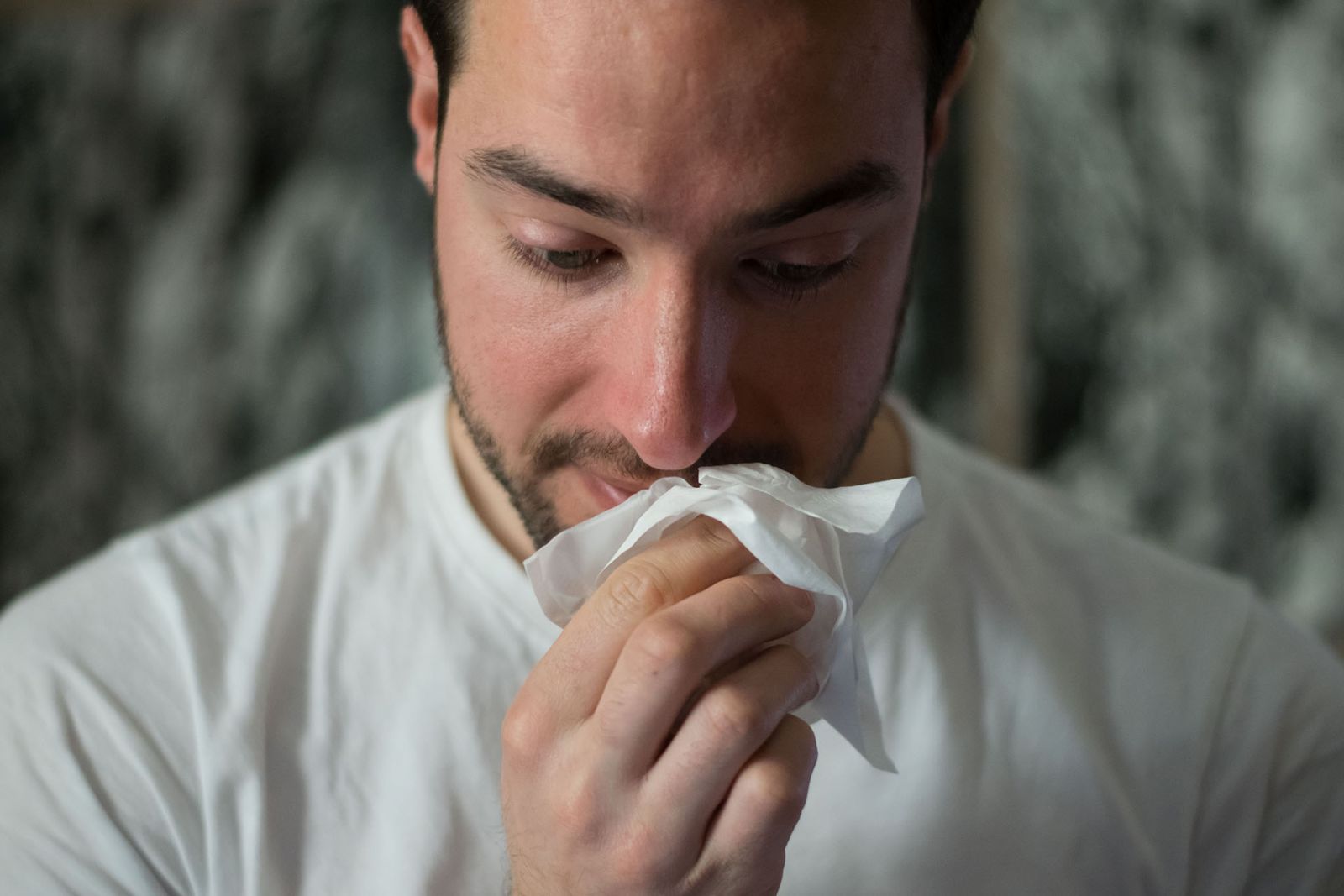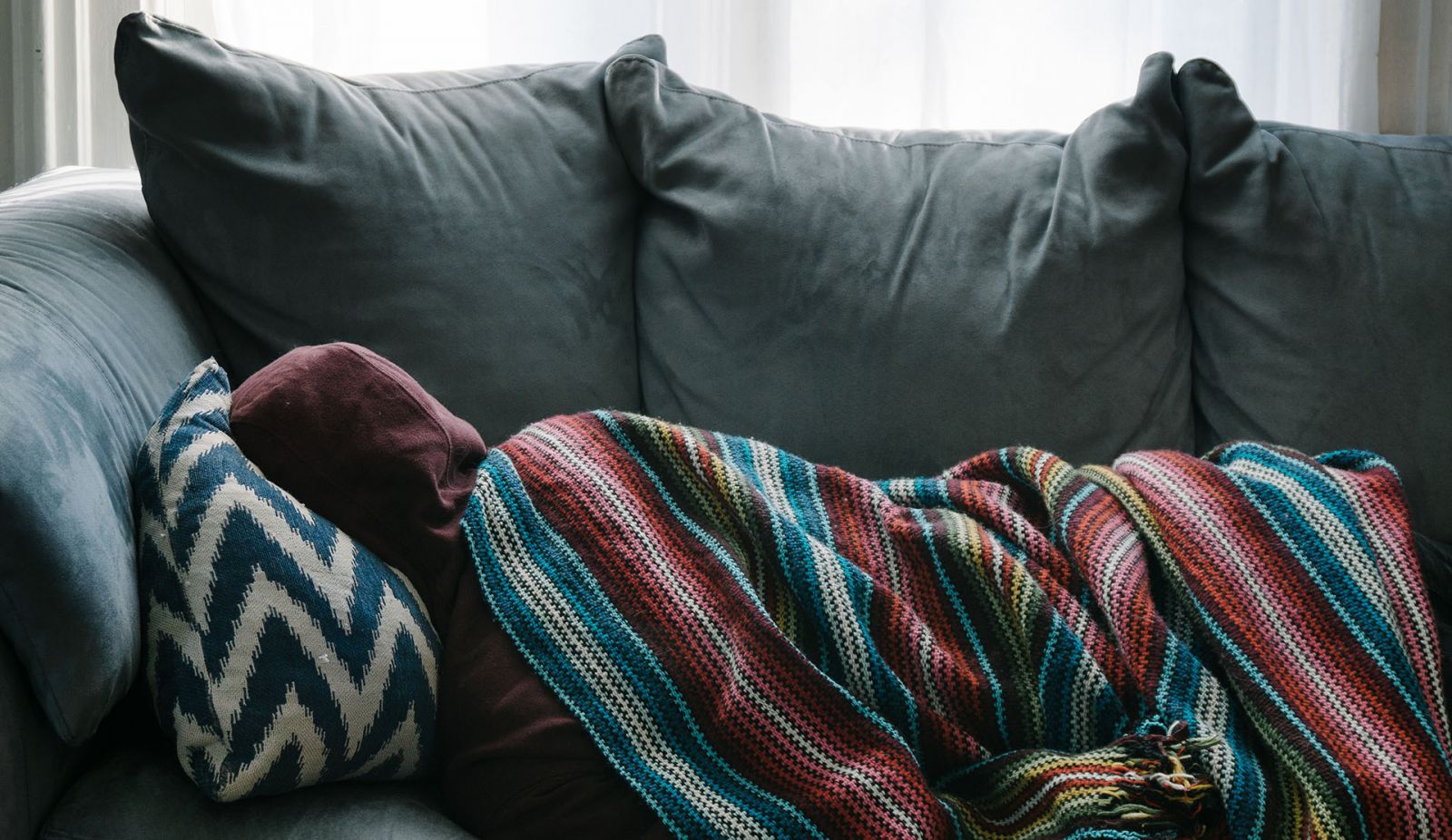The main reason for sneezing and coughing during a particular season might be seasonal allergies. However, the causes of occasional allergies are easily identified by an experienced allergist. An allergy (allergic rhinitis) that happens during certain times of the year is more commonly known as “Hay fever.” Indeed, it occurs when your immune system overreacts to an outdoor allergen, such as pollen. The most typical allergens are pollens from wind-pollinated plants, such as weeds trees and grasses. The pollens from insect-pollinated plants are too heavy to remain airborne for long and also less likely to trigger an allergic reaction.
Seasonal allergies do not commonly occur during the winter, but it’s possible to experience them throughout a year since various plants emit their respective pollens at different seasons of the year. Depending on your location (home town) and allergy triggers, Hay fever can be experienced in more than one season. You might also react to indoor allergens, such as pet dander or mold.
- Symptoms of seasonal allergies
Symptoms of seasonal allergies can be categorized from mild to severe. The most common ones are:
- sneezing
- postnasal drainage
- runny or stuffy nose
- watery and itchy eyes
- itchy sinuses, throat, or ear canals
- ear congestion
Less common symptoms include:
- headache
- shortness of breath
- coughing
- wheezing
Many people experience Hay fever with asthma. If you suffer from both, your seasonal allergens can trigger an asthma attack.

- Causes of seasonal allergies
Hay fever occurs when your immune system identifies an airborne substance that is typically harmless as dangerous. It reacts to that allergen or substance by releasing histamines and other chemicals into your bloodstream. The symptoms of an allergic reaction can be produced by those chemicals. "If someone is sneezing and suffering, and nothing is done, it can be a huge cost," said Dr. Sanjiv Sur, an allergist at Baylor College of Medicine. Usual triggers of Hay fever differ from one season to another.
Spring
Trees are the main reason for most springtime seasonal allergies. Birch can be mentioned as one of the most common offenders because many people with Hay fever react to its pollen. Other allergenic trees include poplar, willow, horse chestnut, alder, and cedar.
Summer
Hay fever usually happens in the summer months, during the hay-cutting period. That’s why such a name has been chosen for this kind of allergy. Around the same time, many people experience symptoms. In general, grasses, such as ryegrass and timothy grass, as well as certain weeds, are indicated as the major culprits of summertime seasonal allergies. According to the Asthma and Allergy Foundation of America, grasses are the major typical trigger for individuals suffering from Hay fever.
Fall
Autumn is ragweed (Ambrosia) season, which includes more than 40 species all around the world. The majority of them exist in temperate regions of North and South America. They’re invasive plants that are difficult to control. Their pollen is a very usual allergen, and the symptoms of ragweed allergy may be extremely severe.
Other similar plants that drop their pollen in this season include plantains, fat hens, sorrels, mugworts, and nettles.
Winter
When winter comes, most outdoor allergens lie dormant. In addition, in this season, the majority of people spend time indoors. Consequently, cold weather relieves many individuals suffering from Hay fever. However, you should keep in mind that seasonal allergies might be still annoying if you have allergic reactions to indoor allergens, such as cockroaches, dust mites, pet dander, or mold.
It’s important to note that indoor allergens can be easily removed from your environment compared to outdoor pollens. In the following, a few tips for ridding your home of common allergens will be mentioned:

- Once a week, wash your bedding in boiling water.
- Cover your pillows and bedding with allergen-proof covers.
- Get rid of carpets and upholstered furniture.
- Clean moldy surfaces and any places that mold might form, including refrigerators, air conditioners, swamp coolers, and humidifiers.
- Empty your children’s bedrooms from stuffed toys.
- Clean up water damage and fix water leaks that may help mold and pests flourish.
- Use a dehumidifier to reduce excess moisture.
- How can seasonal allergies be diagnosed?
Diagnosing Hay fever is typically easier than other types of allergy. If you feel allergic symptoms that only happen at certain periods of the year, it’s a sign of having seasonal allergic rhinitis. Your doctor might also check your throat, nose, and ears for an exact diagnosis. Allergy testing isn’t usually essential. Regardless of the kind of allergen you react to, your treatment for allergic rhinitis will likely be the same.
"When you leave your allergies untreated, it may cause presenteeism, or working while sick, which is characterized by daytime drowsiness where people can become spacy," said Dr. Sanjiv Sur, senior faculty in immunology, allergy and rheumatology at Baylor.
- How can seasonal allergies be treated?
Despite the fact that medications are available to treat allergic symptoms, the best cure for Hay fever and year-round allergic rhinitis is the prevention of allergens which may trigger symptoms for you.
In the following, some natural ways to defeat allergies will be discussed.
- Avoidance
There are some steps which can be taken for prevention of seasonal allergens. They include:
Shut Out Breezes: When the pollen count is high, keep the windows and doors closed to protect your indoor air. Using an air conditioner with a special filter (HEPA) on your air-conditioning system and a flat or panel filter on your furnace can be mentioned as a good way to address this issue.
Wash Up: Be careful whenever you go out and come back since you can bring small pieces of the outside world with you. Remember that your clothes, shoes, hair, and skin are covered with tiny particles from everywhere you've been to. Taking a shower, changing your clothes, and leaving your shoes at the door can help to keep any allergen away.
Wear a Mask: Try to wear a dust mask when you're outside. It keeps allergens away from getting into your airways when you can't prevent certain allergy triggers, like when you work in your vacuum or yard. Beneficial masks are available in almost all drug stores and medical supply stores. They can easily block near 90% of small harmful particles, such as pollen and other allergens.
Avoid Smoking Cigarette: It worsens your stuffy, runny, itchy nose, and watery eyes. Staying in smoke-banned environments and avoiding other fumes that can make your symptoms worse like aerosol sprays and smoke from wood-burning fireplaces can also be so helpful.
Eat Healthily: According to a survey done in the Department of Social Medicine, Faculty of Medicine, University of Crete, Heraklion, Greece, in 2007, people who ate lots of fresh vegetables, fruits, and nuts had fewer allergy symptoms. This study indicates that a high dietary intake of these kinds of food may be helpful in the prevalence of asthma‐like symptoms and allergic rhinitis. Researchers are still trying to find the link. However, there's nothing to deny that a healthy diet can be beneficial for your whole body. Therefore, adding at least one fresh fruit and veggie to every meal is suggested.
Drink More: Drinking a lot of water, juice, or other nonalcoholic drinks can be advantageous when you feel stuffy or have a postnasal drip from your allergies. Consuming extra liquid can thin the mucus in your nasal passages and relieve you. Warm fluids like teas, broth, or soup are mostly recommended to add more benefits.
Get Steamy: Inhaling some steam is a simple trick that can ease a stuffy nose and help you breathe easier. Keep your head over a warm (but not too hot) bowl or sink full of water and use a towel over your head for trapping the steam.
Know Your Triggers: The first and the best way for addressing allergy is pinpointing your triggers. In this case, you can work out a plan to deal with them. Making an appointment with an allergist for an allergy skin test to identify your triggers is suggested, as well.
Medication
When you can't prevent your allergens, some medications are available such as over-the-counter decongestants and antihistamines, like cetirizine (Zyrtec) and combination medications containing acetaminophen, diphenhydramine, and phenylephrine. Besides, prescription medications, such as steroid nasal sprays can be helpful. Remember that some of these medications may have unwanted side effects, like confusion, drowsiness, dizziness.
In drastic cases, your doctor usually suggests allergy shots. They're kinds of immunotherapy that help desensitize your immune system to allergens.
Alternative treatments
Few researches have been done about alternatives ways for treating Hay fever. Some individuals believe that the following alternative treatments can provide relief:
- Quercetin, a flavonoid that gives fruits and vegetable color
- Lactobacillus acidophilus, the "friendly" bacteria found in yogurt
- Spirulina, a type of blue-green algae
- Vitamin C, which has some antihistamine properties
In short, you don’t need to deal with your allergies anymore since by identifying the main causes and consulting with a knowledgeable allergist, the common allergic reactions you have can be easily controlled.
.jpg)